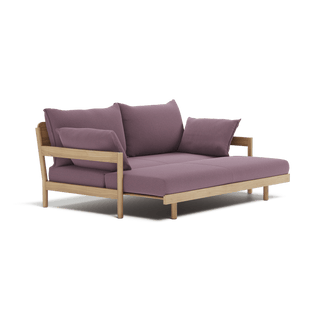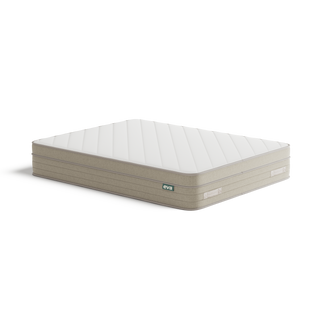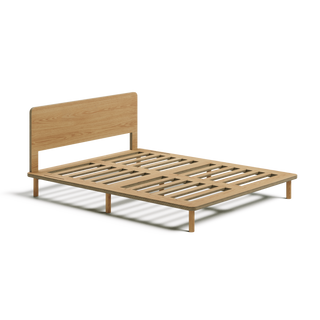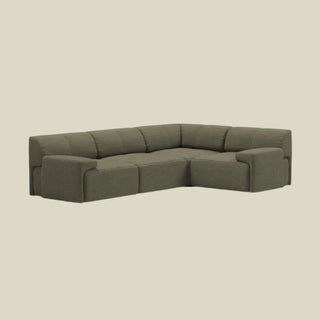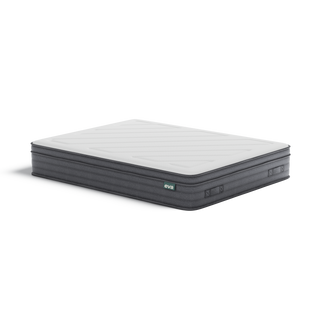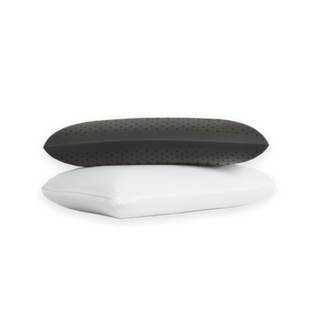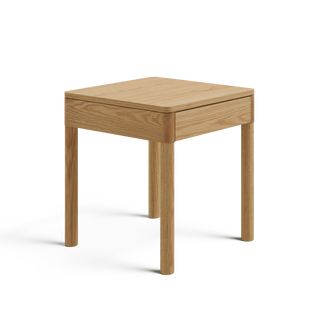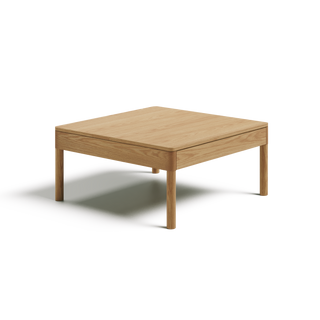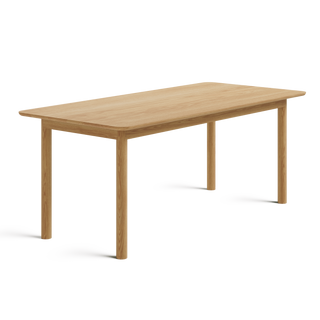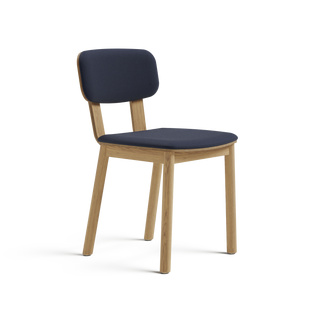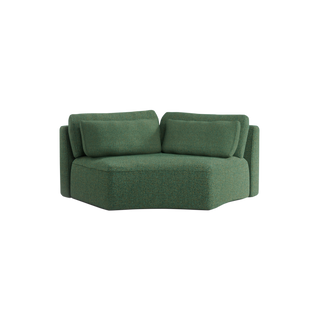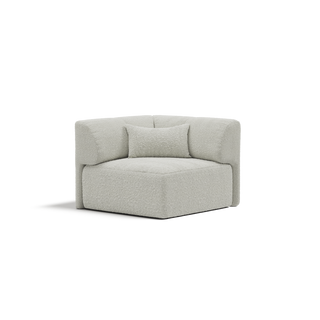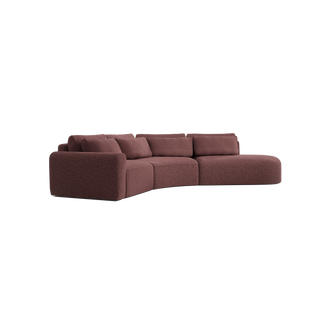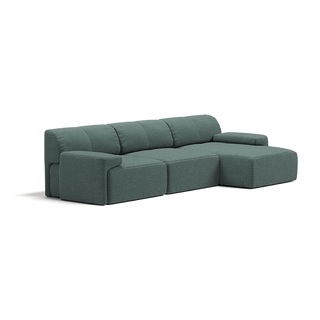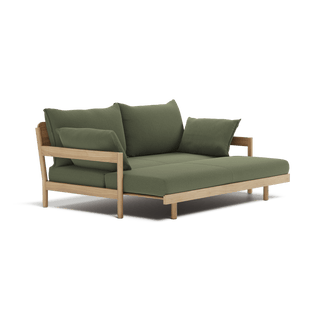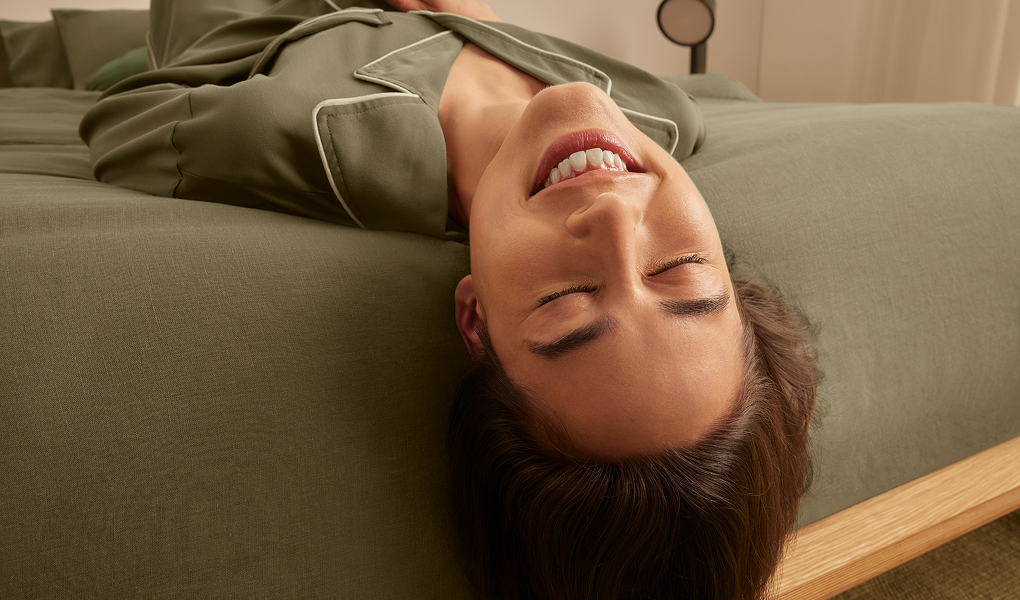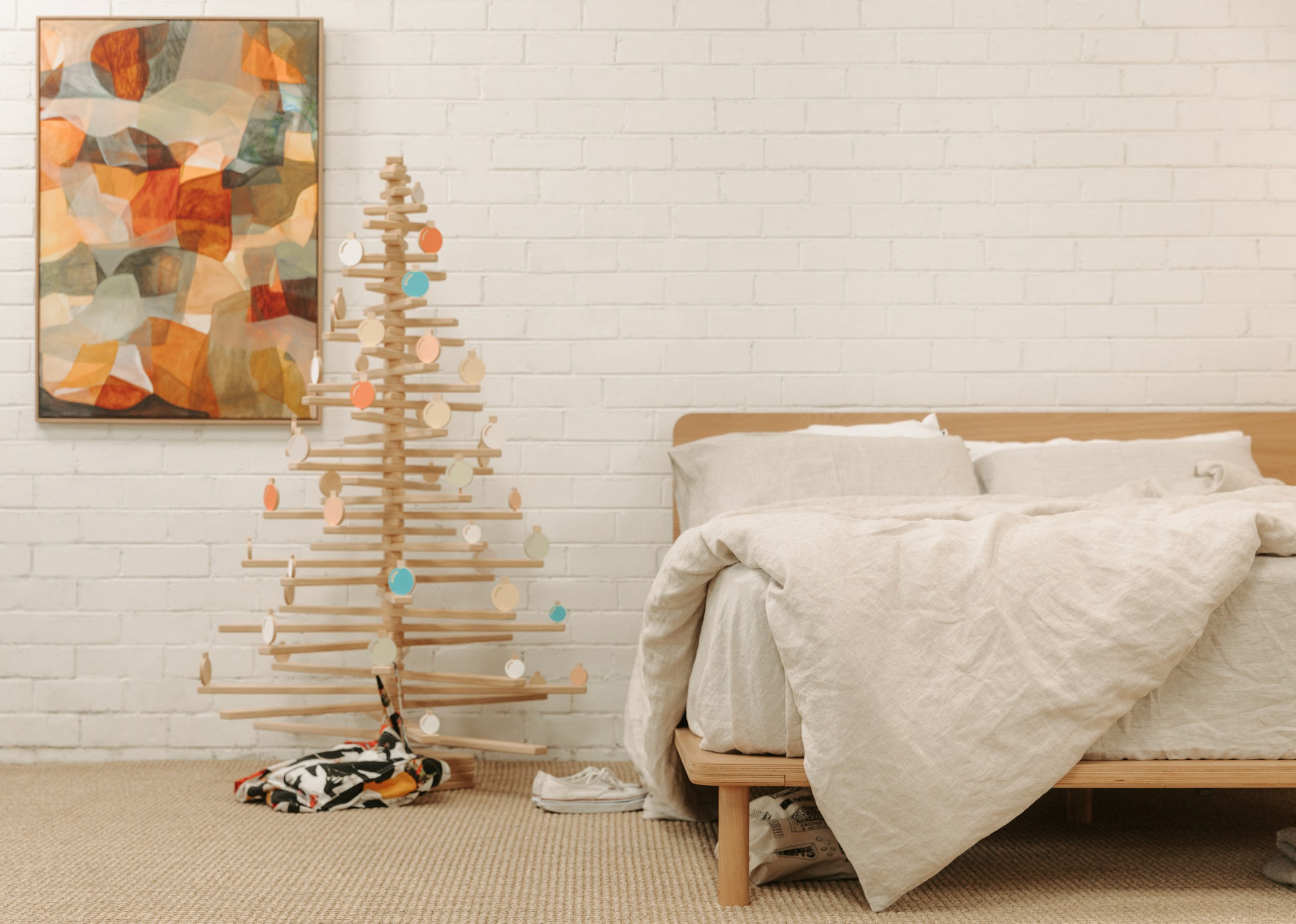Rethinking what furniture can be
Furniture has long been about form, function and comfort. But increasingly, it’s also about responsibility. How a piece is made, what sustainable materials it uses, and what happens to it at the end of its life — these are all part of the story now.
As the climate continues to change and natural resources become more limited, a new approach is taking shape. One that’s less about trends, and more about thoughtful, closed-loop systems. This is the essence of the circular economy.

What is the circular economy?
In simple terms, it’s about moving away from the traditional linear model of production — take, make, dispose — and shifting towards a regenerative system. A model where products and materials are kept in use for as long as possible through strategies like repair, reuse, refurbishment and recycling.
This is not only a shift in how things are made, but in how they’re designed from the beginning. Design becomes less about a single outcome and more about an evolving journey — one where materials hold value long after their first purpose has been served.
The circular economy is already being adopted across industries, from fashion to tech. But in the world of furniture, it offers something particularly powerful: a chance to reconnect with craft, with longevity, and with how we shape the spaces we live in.
Circular design in action
In 2024, we sparked dialogue around the circular economy through our partnership with CASETiFY, turning 16,000 retired phone cases into an upcycled sofa. Instead of sending these used tech accessories to landfill, we gave them a second life by reimagining them as raw materials for a fully functional and seriously comfy piece of furniture.

See how it all came together — watch the process in this behind-the-scenes video.
This one-of-a-kind couch is a tangible example of how circular thinking can apply to unexpected industries, and that circular design can be practical, achievable, and stylish.
Unveiled at CASETiFY’s Sydney flagship store, the sofa put sustainability front and centre, prompting us to rethink what we throw away.
Why the circular economy matters for furniture
Furniture is deeply personal. We rest on it, work from it, gather around it. But behind the comfort and aesthetics lies an inconvenient truth: furniture waste is a significant environmental issue.
In Australia, more than 1.6 million tonnes of furniture ends up in landfill each year. That’s a huge loss — not just of materials, but of energy, craft and resources. When materials like timber, metal, foam and textiles are discarded, they don’t just disappear — they contribute to greenhouse gas emissions and environmental degradation.

This is where environmental sustainability and sustainable consumption and production come in. Furniture production involves energy-intensive processes and resource extraction. Timber, metals, textiles and plastics are all part of the supply chain. When these materials are discarded, they don’t just vanish — they release emissions, leach chemicals, and leave a lasting footprint. By embracing sustainable practices and design, we can drastically reduce the environmental cost of furnishing our homes.
What circular design looks like
The shift toward circularity in furniture is just as much about values as it is about innovation. It invites makers and consumers alike to pause and consider:
- How long will this last?
- What happens when it no longer serves its first purpose?
- Could it be made differently?
- Can it be disassembled, repaired, or reused?
At Eva, we build every piece with these questions in mind. Some of the principles guiding this shift include:
Designing for disassembly
When furniture is designed to come apart as easily as it goes together, it becomes easier to repair, move, or recycle. This means avoiding glues or mixed materials that can’t be separated, and instead favouring modular, accessible construction.
We’ve applied this thinking across our range — from our sustainable mattresses to our modular couch designs. We use accessible assembly methods that empower you to care for your furniture long after purchase.

Choosing sustainable materials
Timber from sustainably managed forests. Upholstery made from recycled fibres. Components that are biodegradable or infinitely recyclable. Circular materials are chosen not just for how they look and feel, but for how they behave across their lifetime.
At the heart of eco furniture is the right material choice. We prioritise timber from sustainably managed forests, low-VOC finishes, and recyclable fabrics and components.
Our Eva Timber Bed Frame, for example, is made from FSC-certified wood — a gold standard in responsible forestry. The finishes are low-VOC stains, which means low in harmful chemicals. They’re not just eco-friendly, but healthier for your home too.

Building to last
Sustainable furniture doesn’t chase trends — it builds for the long haul. At Eva, we focus on timeless silhouettes and durable construction so that our pieces can stand up to daily use and changing styles.
The longer your furniture lasts, the less waste you create. And that’s the goal of sustainable development: designing products that serve both people and the planet.
Embracing modularity
Modular design is a cornerstone of the circular economy. It allows furniture to evolve with you. Think a modular sofa that grows with your family or adapts from studio apartment to guest room.
Our Slideaway Sofa Bed also embodies this perfectly — a sustainable couch with flexible function. Sofa beds are ideal for small spaces and growing households, or anyone committed to sustainable living without compromise.

Supporting repair, resale and return
Brands around the world are rethinking the ‘end’ of the product journey. Some offer spare parts and easy repairs. Others invite customers to return their old furniture to be refurbished or resold. These initiatives keep furniture circulating and reduce the demand for new materials.
While these programs are still emerging in Australia, they’re a sign of a future where products aren’t discarded, but reimagined.
The role of people in the loop
Circular systems only work when people are part of them. Thoughtful production needs to be met with thoughtful consumption — buying less, choosing well, and taking care of the things we bring into our homes.
Furniture that’s been lived with — whether it’s inherited, repaired, or simply well-loved — often carries a sense of connection. In a circular economy, that connection is seen as an asset, not a weakness.
This mindset encourages a slower kind of living. One where we’re more aware of what we consume, and more invested in making it last.
 A Circular Mission, Certified
A Circular Mission, Certified
Our B Corp certification is more than a badge — it’s a commitment to doing business better. It recognises the sustainable practices we already live by: using ethical materials, minimising waste, and designing furniture that lasts.
Being part of the global B Corp community means we’re accountable for our impact — socially, environmentally, and economically. And for us, that aligns perfectly with the values of circular design: thoughtful production, responsible consumption, and a future that puts people and the planet first.

Looking ahead
The rise of the circular economy marks a gentle but important turning point in furniture design. It asks us to make with more care, to live with more awareness, and to value the full life of the things we use.
At Eva, we’re committed to making that future possible. We’re inspired by sustainable materials that do more with less, designs that last beyond the moment, and systems that help close the loop. And while the path to circularity is still unfolding, we believe it’s worth walking — step by thoughtful step.
Sustainable design isn’t about perfection. It’s about progress. And it starts with the choices we make today.
